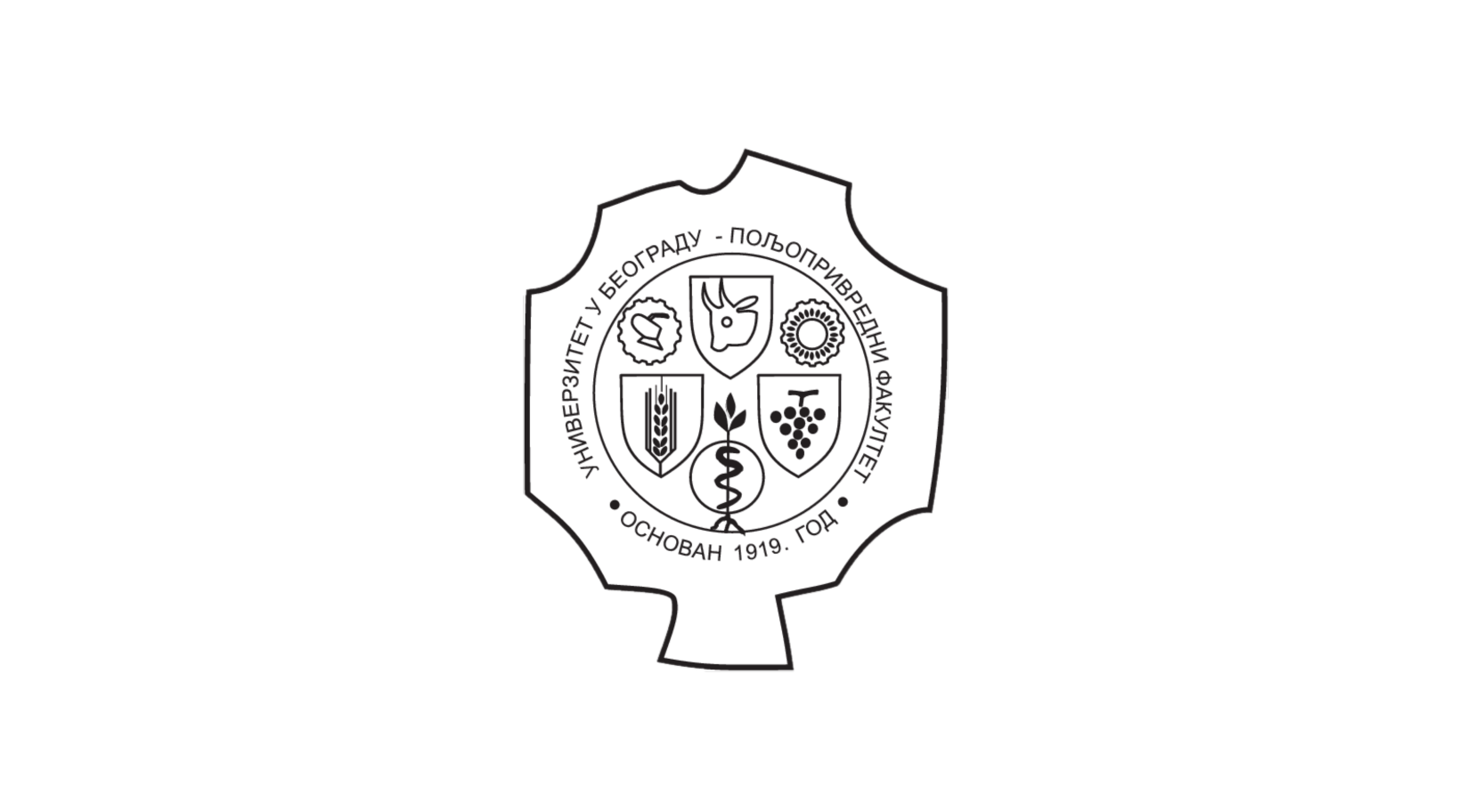Effect of irrigation regime on yield, harvest index and water productivity of soybean grown under different precipitation conditions in a temperate environment
Само за регистроване кориснике
2018
Чланак у часопису (Објављена верзија)

Метаподаци
Приказ свих података о документуАпстракт
In temperate climatic regions, agricultural production depends on precipitation amount and its distribution during the growing season. A 3-year field study was conducted to investigate the effects of different irrigation regimes on yield parameters and water productivity of sprinkler-irrigated soybean [Glycine max (L.) Merr.], grown under wet, semi-dry and dry conditions in a temperate environment. Four irrigation levels were applied: full irrigation (I-100), 65% and 40% of full irrigation (I-65 and I-40) and non-irrigated control (I-0). On average, the I-0 treatment resulted in the highest harvest index (HI) and I-100 produced the lowest HI. A significant quadratic correlation between seed yield and crop water use was observed in dry and semi-dry year. The irrigation regime significantly influenced seed yield and water use. 165 treatment produced the highest seed yield (3.69 t ha(-1)) and showed the highest water productivity (WP) (0.90 kg m(-3)) and irrigation WP (1.08 kg m(-3)). The... present study indicated that irrigation is necessary for soybean cultivation in semi-dry and dry years i.e., when seasonal precipitation is lower than about 300 mm. In wet years, with a favourable amount and distribution of precipitation during the growing season, yields are similar to those achieved with irrigation and high ET values of soybean are attributable to increased evaporation.
Кључне речи:
Evapotranspiration / Agricultural water management / Glycine max (L.) Merr. / Water productivity / Yield compositionИзвор:
Agricultural Water Management, 2018, 210, 224-231Издавач:
- Elsevier Science Bv, Amsterdam
Финансирање / пројекти:
- Нове технологије за мониторинг и заштиту животног окружења од штетних хемијских супстанци и радијационог оптерећења (RS-MESTD-Integrated and Interdisciplinary Research (IIR or III)-43009)
DOI: 10.1016/j.agwat.2018.08.002
ISSN: 0378-3774
WoS: 000445715200024
Scopus: 2-s2.0-85052053285
Институција/група
Poljoprivredni fakultetTY - JOUR AU - Gajić, Boško AU - Kresović, Branka AU - Tapanarova, Angelina AU - Životić, Ljubomir AU - Todorović, Mladen PY - 2018 UR - http://aspace.agrif.bg.ac.rs/handle/123456789/4634 AB - In temperate climatic regions, agricultural production depends on precipitation amount and its distribution during the growing season. A 3-year field study was conducted to investigate the effects of different irrigation regimes on yield parameters and water productivity of sprinkler-irrigated soybean [Glycine max (L.) Merr.], grown under wet, semi-dry and dry conditions in a temperate environment. Four irrigation levels were applied: full irrigation (I-100), 65% and 40% of full irrigation (I-65 and I-40) and non-irrigated control (I-0). On average, the I-0 treatment resulted in the highest harvest index (HI) and I-100 produced the lowest HI. A significant quadratic correlation between seed yield and crop water use was observed in dry and semi-dry year. The irrigation regime significantly influenced seed yield and water use. 165 treatment produced the highest seed yield (3.69 t ha(-1)) and showed the highest water productivity (WP) (0.90 kg m(-3)) and irrigation WP (1.08 kg m(-3)). The present study indicated that irrigation is necessary for soybean cultivation in semi-dry and dry years i.e., when seasonal precipitation is lower than about 300 mm. In wet years, with a favourable amount and distribution of precipitation during the growing season, yields are similar to those achieved with irrigation and high ET values of soybean are attributable to increased evaporation. PB - Elsevier Science Bv, Amsterdam T2 - Agricultural Water Management T1 - Effect of irrigation regime on yield, harvest index and water productivity of soybean grown under different precipitation conditions in a temperate environment EP - 231 SP - 224 VL - 210 DO - 10.1016/j.agwat.2018.08.002 ER -
@article{
author = "Gajić, Boško and Kresović, Branka and Tapanarova, Angelina and Životić, Ljubomir and Todorović, Mladen",
year = "2018",
abstract = "In temperate climatic regions, agricultural production depends on precipitation amount and its distribution during the growing season. A 3-year field study was conducted to investigate the effects of different irrigation regimes on yield parameters and water productivity of sprinkler-irrigated soybean [Glycine max (L.) Merr.], grown under wet, semi-dry and dry conditions in a temperate environment. Four irrigation levels were applied: full irrigation (I-100), 65% and 40% of full irrigation (I-65 and I-40) and non-irrigated control (I-0). On average, the I-0 treatment resulted in the highest harvest index (HI) and I-100 produced the lowest HI. A significant quadratic correlation between seed yield and crop water use was observed in dry and semi-dry year. The irrigation regime significantly influenced seed yield and water use. 165 treatment produced the highest seed yield (3.69 t ha(-1)) and showed the highest water productivity (WP) (0.90 kg m(-3)) and irrigation WP (1.08 kg m(-3)). The present study indicated that irrigation is necessary for soybean cultivation in semi-dry and dry years i.e., when seasonal precipitation is lower than about 300 mm. In wet years, with a favourable amount and distribution of precipitation during the growing season, yields are similar to those achieved with irrigation and high ET values of soybean are attributable to increased evaporation.",
publisher = "Elsevier Science Bv, Amsterdam",
journal = "Agricultural Water Management",
title = "Effect of irrigation regime on yield, harvest index and water productivity of soybean grown under different precipitation conditions in a temperate environment",
pages = "231-224",
volume = "210",
doi = "10.1016/j.agwat.2018.08.002"
}
Gajić, B., Kresović, B., Tapanarova, A., Životić, L.,& Todorović, M.. (2018). Effect of irrigation regime on yield, harvest index and water productivity of soybean grown under different precipitation conditions in a temperate environment. in Agricultural Water Management Elsevier Science Bv, Amsterdam., 210, 224-231. https://doi.org/10.1016/j.agwat.2018.08.002
Gajić B, Kresović B, Tapanarova A, Životić L, Todorović M. Effect of irrigation regime on yield, harvest index and water productivity of soybean grown under different precipitation conditions in a temperate environment. in Agricultural Water Management. 2018;210:224-231. doi:10.1016/j.agwat.2018.08.002 .
Gajić, Boško, Kresović, Branka, Tapanarova, Angelina, Životić, Ljubomir, Todorović, Mladen, "Effect of irrigation regime on yield, harvest index and water productivity of soybean grown under different precipitation conditions in a temperate environment" in Agricultural Water Management, 210 (2018):224-231, https://doi.org/10.1016/j.agwat.2018.08.002 . .


